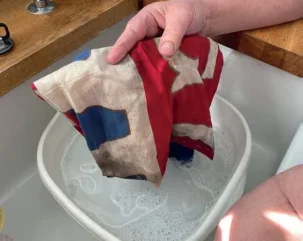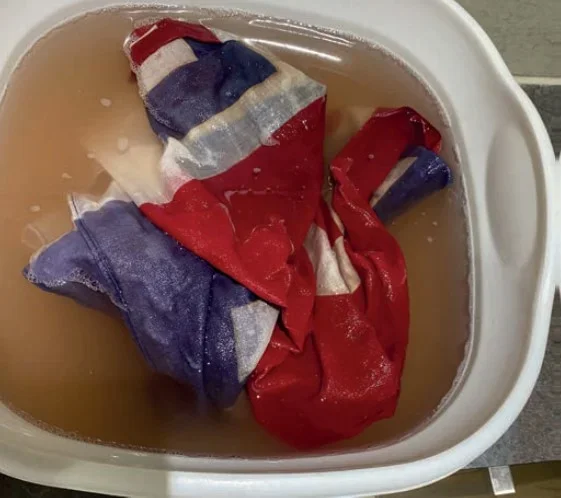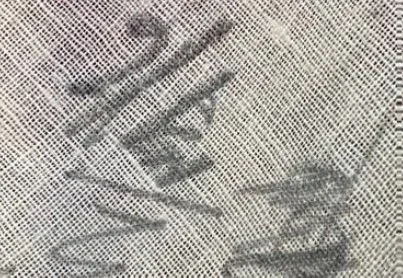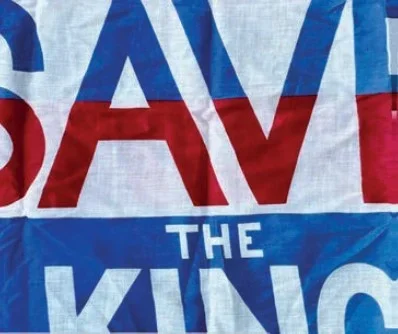
In recent years, there has been much increased interest in all things royal, particularly since the very sad passing of Queen Elizabeth ll and the subsequent coronation of King Charles III. Regardless of whether you are a monarchist or not, the long history of royalty is woven into the very fabric of this nation.
For someone who is a royalist, and swore allegiance to the late Queen, I found it very moving that the magic of a royal event still holds great interest around the world.

The coronation of Charles III was an event that had much stored away royal paraphernalia making appearances at street parties. This leads me to a flag that I had been asked to clean/restore which had been made for the coronation of George VI in 1937 and then stored away in less-thanideal conditions in an unheated garage since that time, not far short of 90 years.
When I first saw it, it did not look too bad from a distance – about 100 yards – but the fabric had absorbed quite considerable amount of staining, even tucked away in a drawer in the garage.
One of the biggest difficulties was that I no longer have my shop, or any of the equipment I used when carrying out garment restoration, except for my hands.
I realised that this was probably going to be my last ever special clean/restoration and I was doing it as a favour for a friend. I was pleased to be able to still purchase soap flakes, colour protector, a little brush for tamping, and a natural sponge.

This would be a real challenge for me, because I only had a kitchen sink and a washing up bowl. So, in a way my cleaning facilities very much represented what it would’ve been like in the late 1930s.
I tested the tensile strength of the fabric hoping that it had not become brittle over time as this would have put a stop to any cleaning or restoration. It is often a great help to the longevity of textiles when they have been stored away from sunlight. I very gently tamped the various sections of the flag using white cotton swatches to determine how loose the soiling or dyes might be, because even after all this time it is still illadvised to assume that dyes are fast.
The first soak was in tepid water with soap flakes fully dissolved. I kept mechanical action to a minimum and just used a rubber kitchen spoon to mildly agitate the water every so often.
After two hours soaking, the colour of the water was, as you might imagine, rather dirty but the soiling that remained on the flag was still heavy, so I increased the temperature of the water slightly and added a small amount of colour detergent.
This is when the soiling really started to shift and over the next few hours of gentle rinsing in plain water, the water ran clear.

Although not a perfect result, (would one really want a perfect result and lose all patina?) the whole flag was cleaner, brighter and belied its age. Also, as you can see, the cleaning process revealed a small pencilled-in original price of seven shillings and sixpence (7/6d) which is 35p in today’s money which would have been equivalent to £29.88 in 1937.






